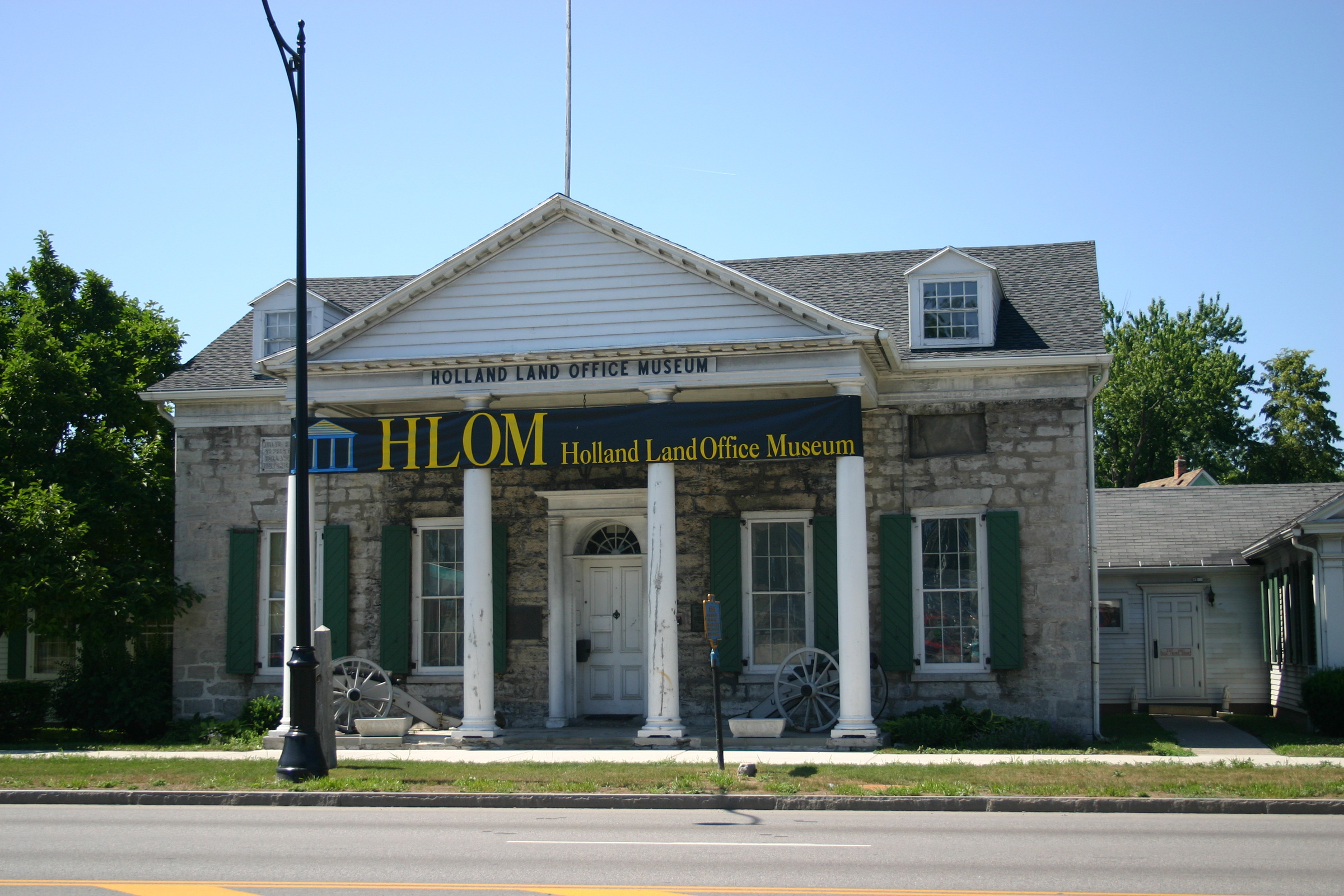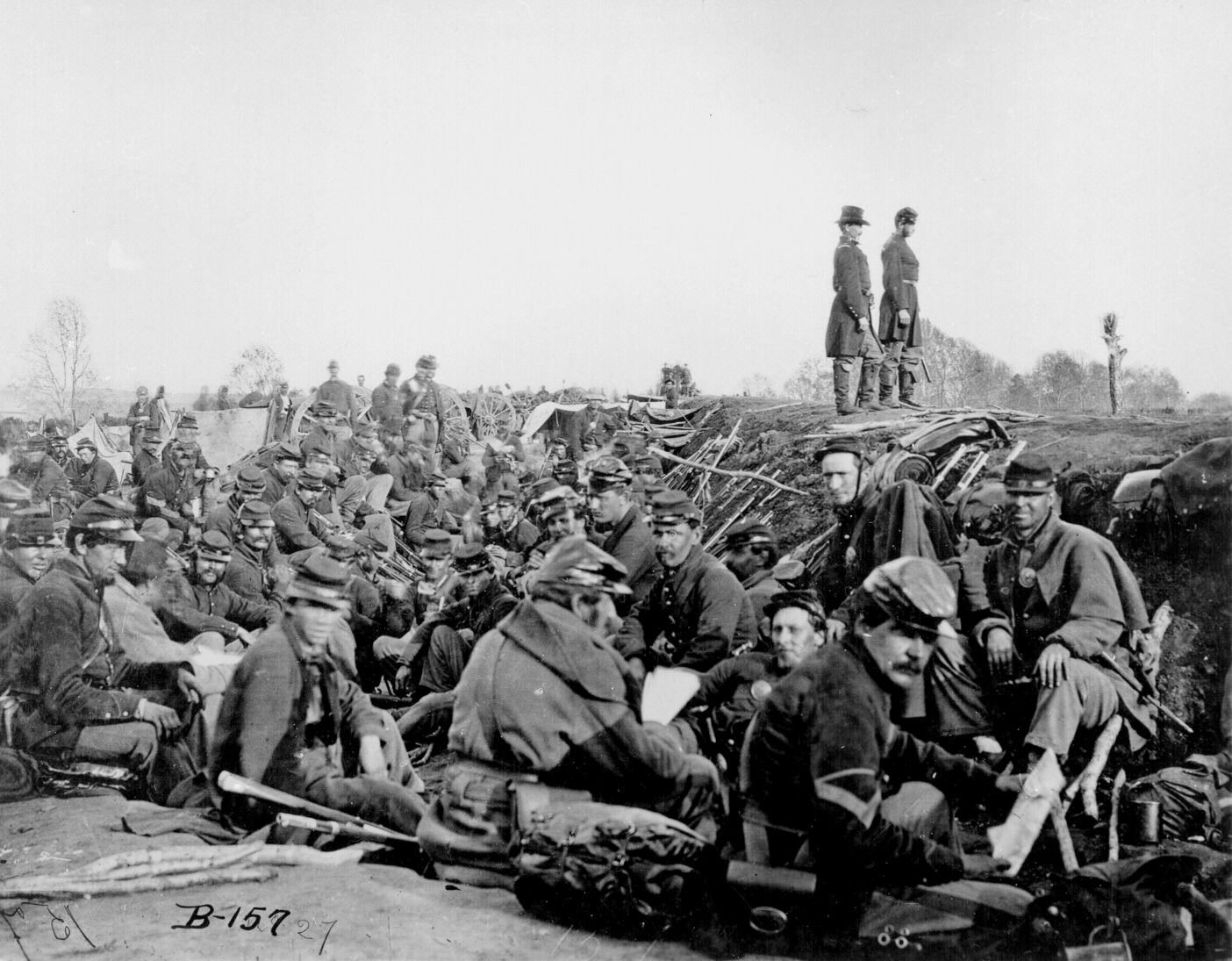|
Emory Upton
Emory Upton (August 27, 1839 – March 15, 1881) was a United States Army general and military strategist, prominent for his role in leading infantry to attack entrenched positions successfully at the Battle of Spotsylvania Court House during the American Civil War, but he also excelled at artillery and cavalry assignments. His work, ''The Military Policy of the United States'', which analyzed American military policies and practices and presented the first systematic examination of the nation's military history, had a tremendous effect on the U.S. Army when it was published posthumously in 1904. Early life Upton was born on a farm near Batavia, New York, the tenth child and sixth son of Daniel and Electra Randall Upton. He would become the brother-in-law of Andrew J. Alexander and of Frank P. Blair Jr.Eicher, p. 540. He studied under famous evangelist Charles G. Finney at Oberlin College for two years [...More Info...] [...Related Items...] OR: [Wikipedia] [Google] [Baidu] |
Batavia, New York
Batavia is a city in and the county seat of Genesee County, New York, United States. It is located near the center of the county, surrounded by the Town of Batavia, which is a separate municipality. Batavia's population, as of the 2020 census, was 15,600. It is considered to be part of the Rochester–Batavia–Seneca Falls combined statistical area. The name ''Batavia'' is Latin for the Betuwe region of the Netherlands, and honors early Dutch land developers. In 2006, a national magazine, ''Site Selection'', ranked Batavia third among the nation's micropolitans, based on economic development. The New York State Thruway ( Interstate 90) passes north of the city. Genesee County Airport (GVQ) is also north of the city. The city hosts the Batavia Muckdogs baseball team, of the Perfect Game Collegiate Baseball League, at Dwyer Stadium, (299 Bank Street). The Muckdogs, formerly, were an affiliate of the Miami Marlins; in 2008, they won the New York Penn League Championship. ... [...More Info...] [...Related Items...] OR: [Wikipedia] [Google] [Baidu] |
Battle Of Fredericksburg
The Battle of Fredericksburg was fought December 11–15, 1862, in and around Fredericksburg, Virginia, in the Eastern Theater of the American Civil War. The combat between the Union Army, Union Army of the Potomac commanded by Major general (United States), Maj. Gen. Ambrose Burnside and the Confederate States Army, Confederate Army of Northern Virginia under General officers in the Confederate States Army#General, Gen. Robert E. Lee included futile frontal attacks by the Union army on December 13 against entrenched Confederate States of America, Confederate against a feature of the battlefield that came to be remembered as the 'sunken wall' on the heights overlooking the city. It is remembered as one of the most one-sided battles of the war, with Union casualties more than twice as heavy as those suffered by the Confederates. A visitor to the battlefield described the battle as a "butchery" to President of the United States, U.S. President Abraham Lincoln. Burnside planned to ... [...More Info...] [...Related Items...] OR: [Wikipedia] [Google] [Baidu] |
Charles Grandison Finney
Charles Grandison Finney (August 29, 1792 – August 16, 1875) was a controversial American Presbyterian minister and leader in the Second Great Awakening in the United States. He has been called the "Father of Old Christian revival, Revivalism". Finney rejected much of traditional Reformed theology. Finney was best known as a passionate revivalist preacher from 1825 to 1835 in the Burned-over District in Upstate New York and Manhattan, an opponent of Old School Presbyterian theology, an advocate of Christian perfectionism, and a religious writer. His religious views led him, together with several other evangelical leaders, to promote social reforms, such as abolitionism and equal education for women and African Americans. From 1835 he taught at Oberlin College of Ohio, which accepted students without regard to race or sex. He served as its second president from 1851 to 1865, and its faculty and students were activists for abolitionism, the Underground Railroad, and universal e ... [...More Info...] [...Related Items...] OR: [Wikipedia] [Google] [Baidu] |
Francis Preston Blair Jr
Francis Preston Blair Jr. (February 19, 1821 – July 8, 1875) was a United States Senator, a United States Congressman and a Union Army major general during the American Civil War. He represented Missouri in both the House of Representatives and the Senate, and was active in preventing the state of Missouri from being absorbed into the Confederacy at the beginning of the war. Blair was instrumental in appointing Nathaniel Lyon as the new military commander of the Western Department of the U.S. Army. He assisted Lyon in securing help of the St. Louis Home Guard in moving over 20,000 rifles and muskets from the St. Louis Arsenal to Illinois. Missouri secessionists considered this event as breaking of informal truce established in the state. This set the scene for the Camp Jackson Affair and continuing guerrilla activity by outraged pro-slavery elements. In 1862, Blair joined the Missouri volunteers, being promoted major general, commanded a division at Vicksburg under Sherm ... [...More Info...] [...Related Items...] OR: [Wikipedia] [Google] [Baidu] |
American Civil War
The American Civil War (April 12, 1861May 26, 1865; also known by Names of the American Civil War, other names) was a civil war in the United States between the Union (American Civil War), Union ("the North") and the Confederate States of America, Confederacy ("the South"), which was formed in 1861 by U.S. state, states that had Secession in the United States, seceded from the Union. The Origins of the American Civil War, central conflict leading to war was a dispute over whether Slavery in the United States, slavery should be permitted to expand into the western territories, leading to more slave states, or be prohibited from doing so, which many believed would place slavery on a course of ultimate extinction. Timeline of events leading to the American Civil War, Decades of controversy over slavery came to a head when Abraham Lincoln, who opposed slavery's expansion, won the 1860 presidential election. Seven Southern slave states responded to Lincoln's victory by seceding f ... [...More Info...] [...Related Items...] OR: [Wikipedia] [Google] [Baidu] |
Military Strategy
Military strategy is a set of ideas implemented by military organizations to pursue desired Strategic goal (military), strategic goals. Derived from the Greek language, Greek word ''strategos'', the term strategy, when first used during the 18th century, was seen in its narrow sense as the "art of the general", or "the art of arrangement" of troops. and deals with the planning and conduct of campaigns. The father of Western modern strategic studies, Carl von Clausewitz (1780–1831), defined military strategy as "the employment of battles to gain the end of war." B. H. Liddell Hart's definition put less emphasis on battles, defining strategy as "the art of distributing and applying military means to fulfill the ends of policy". Hence, both gave the preeminence to political aims over military goals. Sun Tzu (544–496 BC) is often considered as the father of Eastern military strategy and greatly influenced Chinese, Japanese, Korean and Vietnamese historical and modern war tactics ... [...More Info...] [...Related Items...] OR: [Wikipedia] [Google] [Baidu] |
Wilson's Raid
Wilson's Raid was a cavalry operation through Alabama and Georgia in March–April 1865, late in the American Civil War. U.S. Brig. Gen. James H. Wilson led his U.S. Cavalry Corps to destroy Confederate manufacturing facilities and was opposed unsuccessfully by a much smaller force under Confederate Lt. Gen. Nathan Bedford Forrest. Background and opposing forces After his victory at the Battle of Nashville, U.S. Maj. Gen. George H. Thomas and his Army of the Cumberland found themselves with virtually no organized military opposition in the heart of the Confederacy. Thomas ordered Brig. Gen. James H. Wilson (who commanded the Cavalry Corps of the Military Division of the Mississippi, but was attached to Thomas's army) to lead a raid to destroy the arsenal at Selma, Alabama, in conjunction with Maj. Gen. Edward Canby's operations against Mobile. Selma was strategically important as one of the few Confederate military bases remaining in Southern hands. The town contained an ... [...More Info...] [...Related Items...] OR: [Wikipedia] [Google] [Baidu] |
Third Battle Of Winchester
The Third Battle of Winchester, also known as the Battle of Opequon or Battle of Opequon Creek, was an American Civil War battle fought near Winchester, Virginia, on September 19, 1864. Union Army Major General Philip Sheridan defeated Confederate Army Lieutenant General Jubal Early in one of the largest, bloodiest, and most important battles in the Shenandoah Valley. Among the 5,000 Union casualties were one general killed and three wounded. The casualty rate for the Confederates was high: about 4,000 of 15,500. Two Confederate generals were killed and four were wounded. Participants in the battle included two future presidents of the United States, two future governors of Virginia, a former vice president of the United States, and a colonel whose grandson, George S. Patton, became a famous general in World War II. After learning that a large Confederate force loaned to Early left the area, Sheridan attacked Confederate positions along Opequon Creek near Winchester, Vi ... [...More Info...] [...Related Items...] OR: [Wikipedia] [Google] [Baidu] |
Siege Of Petersburg
The Richmond–Petersburg campaign was a series of battles around Petersburg, Virginia, fought from June 9, 1864, to March 25, 1865, during the American Civil War. Although it is more popularly known as the siege of Petersburg, it was not a classic military siege, in which a city is Encirclement, encircled with fortifications blocking all routes of ingress and egress, nor was it strictly limited to actions against Petersburg. The campaign consisted of nine months of trench warfare in which Union Army, Union forces commanded by Lieutenant general (United States), Lieutenant General Ulysses S. Grant assaulted Petersburg unsuccessfully and then constructed trench lines that eventually extended over from the eastern outskirts of Richmond, Virginia, to around the eastern and southern outskirts of Petersburg. Petersburg was crucial to the supply of Confederate States Army, Confederate General (CSA), General Robert E. Lee's army and the Confederate States of America, Confederate capi ... [...More Info...] [...Related Items...] OR: [Wikipedia] [Google] [Baidu] |
Battle Of Cold Harbor
The Battle of Cold Harbor was fought during the American Civil War near Mechanicsville, Virginia, from May 31 to June 12, 1864, with the most significant fighting occurring on June 3. It was one of the final battles of Union Lt. Gen. Ulysses S. Grant's Overland Campaign, and is remembered as one of American history's most lopsided battles. Thousands of Union soldiers were killed or wounded in the frontal assault of June 3 against the fortified positions of Confederate Gen. Robert E. Lee's army—an action that intensified criticism of Grant's perceived indifference to heavy casualties. On May 31, as Grant's army once again swung around the right flank of Lee's army, Union cavalry seized the crossroads of Old Cold Harbor, about 10 miles northeast of the Confederate capital of Richmond, Virginia, holding it against Confederate attacks until the Union infantry arrived. Both Grant and Lee, whose armies had suffered enormous casualties in the Overland Campaign, received reinforc ... [...More Info...] [...Related Items...] OR: [Wikipedia] [Google] [Baidu] |
Battle Of Spotsylvania Court House
The Battle of Spotsylvania Court House, sometimes more simply referred to as the Battle of Spotsylvania (or the 19th-century spelling Spottsylvania), was the second major battle in Lt. Gen. Ulysses S. Grant and Maj. Gen. George G. Meade's 1864 Overland Campaign of the American Civil War. Following the bloody but inconclusive Battle of the Wilderness, Grant's army disengaged from Confederate General Robert E. Lee's army and moved to the southeast, attempting to lure Lee into battle under more favorable conditions. Elements of Lee's army beat the Union army to the critical crossroads of the Spotsylvania Court House in Spotsylvania County, Virginia, and began entrenching. Fighting occurred on and off from May 8 through May 21, 1864, as Grant tried various schemes to break the Confederate line. In the end, the battle was tactically inconclusive, but both sides declared victory. The Confederacy declared victory because they were able to hold their defenses. The United States decl ... [...More Info...] [...Related Items...] OR: [Wikipedia] [Google] [Baidu] |
Battle Of The Wilderness
The Battle of the Wilderness was fought on May 5–7, 1864, during the American Civil War. It was the first battle of Lieutenant general (United States), Lieutenant General Ulysses S. Grant's 1864 Virginia Overland Campaign against General (CSA), General Robert E. Lee and the Confederate States Army, Confederate Army of Northern Virginia. The fighting occurred in a wooded area near Locust Grove, Orange County, Virginia, Locust Grove, Virginia, about west of Fredericksburg, Virginia, Fredericksburg. Both armies suffered heavy casualties, nearly 29,000 in total, a harbinger of a Attrition warfare, war of attrition by Grant against Lee's army and, eventually, against the Confederate capital, Richmond in the American Civil War, Richmond, Virginia. The battle was Military tactics, tactically inconclusive, as Grant disengaged and then continued his offensive. Grant attempted to move quickly through the dense underbrush of the The Wilderness Forest, Wilderness of Spotsylvania, but L ... [...More Info...] [...Related Items...] OR: [Wikipedia] [Google] [Baidu] |









